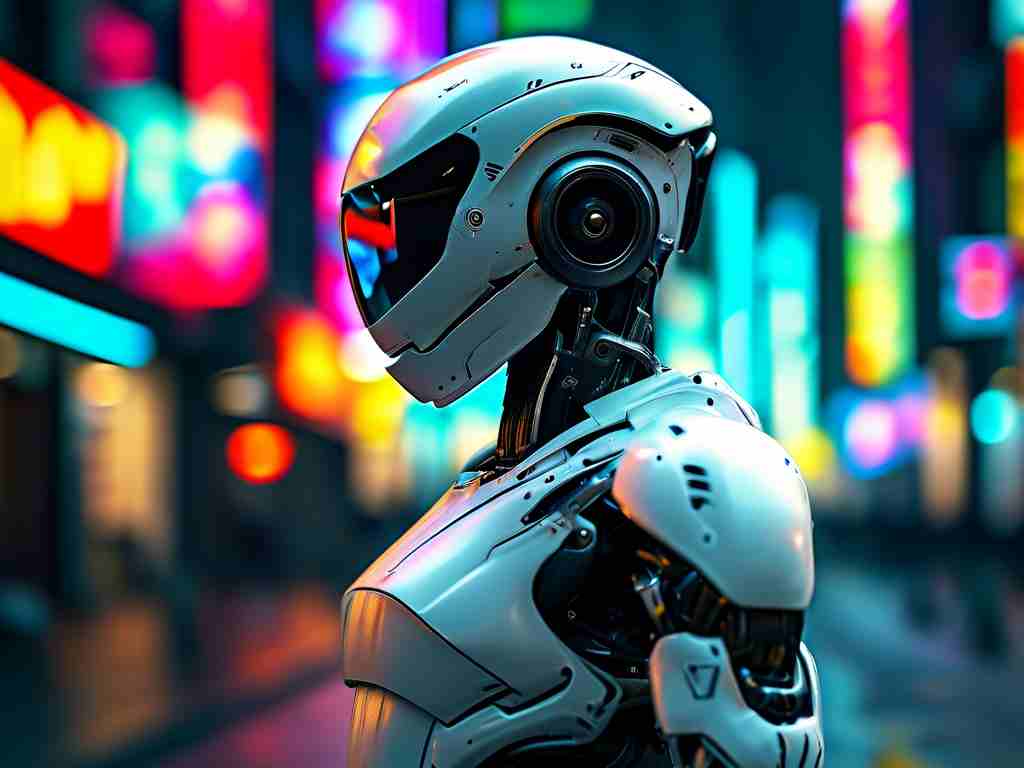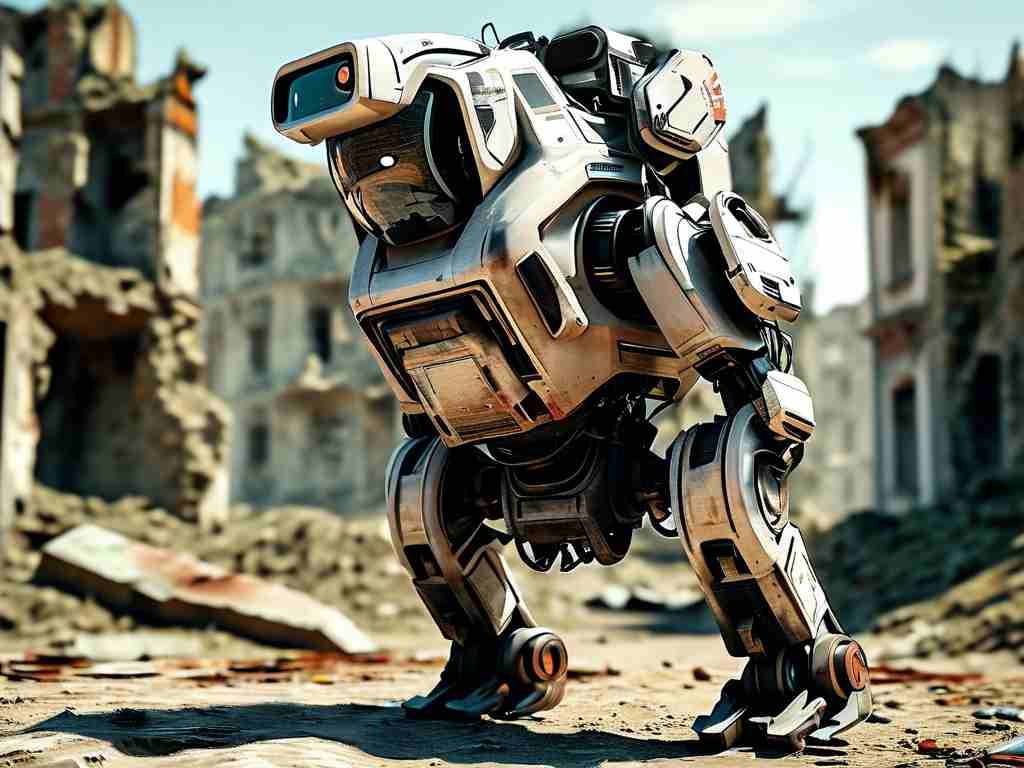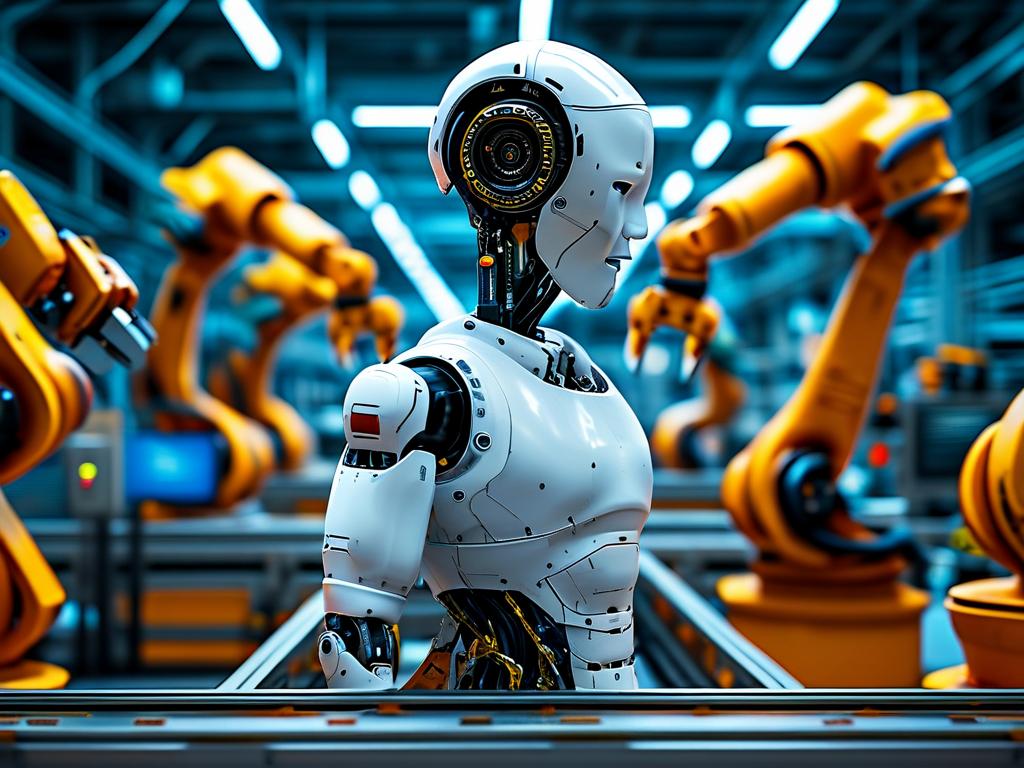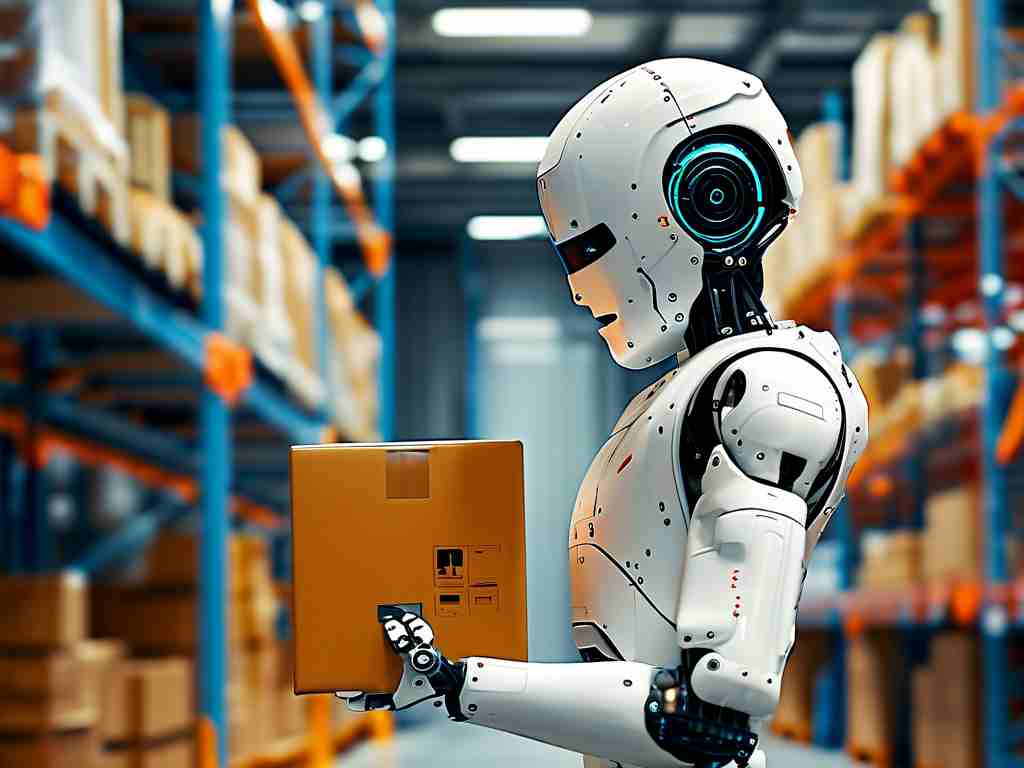The field of humanoid robotics is advancing at an unprecedented pace, driven by breakthroughs in artificial intelligence, biomechanics, and sensor technologies. As companies race to develop robots capable of seamlessly integrating into human environments, the demand for visionary technical leaders has never been higher. This article explores the critical role of a Humanoid Robotics Chief Engineer, the qualifications required, and why this position is pivotal to shaping the future of automation.
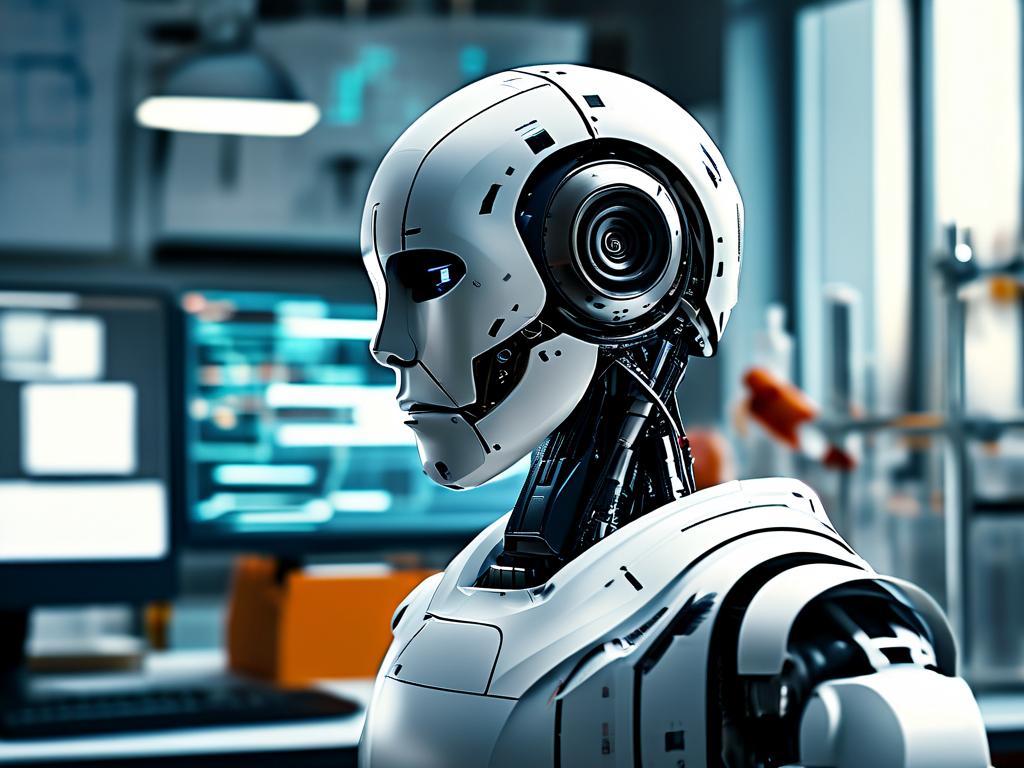
The Role: Bridging Innovation and Execution
A Humanoid Robotics Chief Engineer is not merely a technical expert but a strategic architect. This individual oversees the end-to-end development of humanoid systems, from conceptual design to real-world deployment. Key responsibilities include:
- Leading cross-functional teams in mechanical design, AI integration, and dynamic control systems.
- Optimizing energy efficiency and mobility for bipedal or multi-limbed platforms.
- Ensuring compliance with safety standards while pushing the boundaries of human-robot interaction.
Unlike traditional robotics roles, this position demands a rare blend of creativity and pragmatism. For example, designing a robot capable of navigating uneven terrain requires expertise in actuator systems, machine learning for adaptive gait generation, and material science for lightweight yet durable components.
Core Qualifications: Beyond Technical Expertise
Candidates for this role must demonstrate a track record of delivering scalable robotics solutions. A PhD in Robotics, Mechanical Engineering, or a related field is often mandatory, though exceptional industry experience may substitute for formal education. Proficiency in programming languages like Python, C++, and ROS (Robot Operating System) is essential, as is familiarity with simulation tools such as Gazebo or MuJoCo.
However, technical skills alone are insufficient. Successful applicants must exhibit leadership in multidisciplinary environments. A recent project led by a candidate at a leading tech firm involved coordinating hardware engineers, AI researchers, and ethicists to develop a healthcare assistant robot. This underscores the need for collaboration across domains—a skill as critical as algorithm optimization.
Industry Challenges and Opportunities
Humanoid robotics faces unique hurdles, such as achieving real-time balance control in dynamic environments and creating cost-effective tactile sensors. A Chief Engineer must navigate these challenges while aligning with business objectives. For instance, reducing production costs without compromising performance is a recurring theme. Innovations like modular joint designs or hybrid hydraulic-electric actuators have emerged as game-changers in this space.
Moreover, ethical considerations cannot be overlooked. As robots become more autonomous, engineers must address societal concerns about job displacement and data privacy. A forward-thinking Chief Engineer will advocate for transparent AI decision-making frameworks and contribute to policy discussions.
Why This Role Matters Now
The global humanoid robot market is projected to exceed $38 billion by 2030, with applications spanning healthcare, logistics, and education. Companies like Tesla, Boston Dynamics, and emerging startups are investing heavily in this domain. Hiring a Chief Engineer now positions organizations to capitalize on this growth while addressing urgent challenges like aging populations and labor shortages.
: Join the Frontier of Robotics
For engineers passionate about redefining humanity’s relationship with technology, this role offers unparalleled impact. Competitive compensation packages, equity options, and access to cutting-edge resources are standard. To apply, submit a portfolio showcasing relevant projects, a vision statement for humanoid robotics, and references from previous collaborators.
The future of robotics is being written today—be the author of tomorrow’s innovations.


